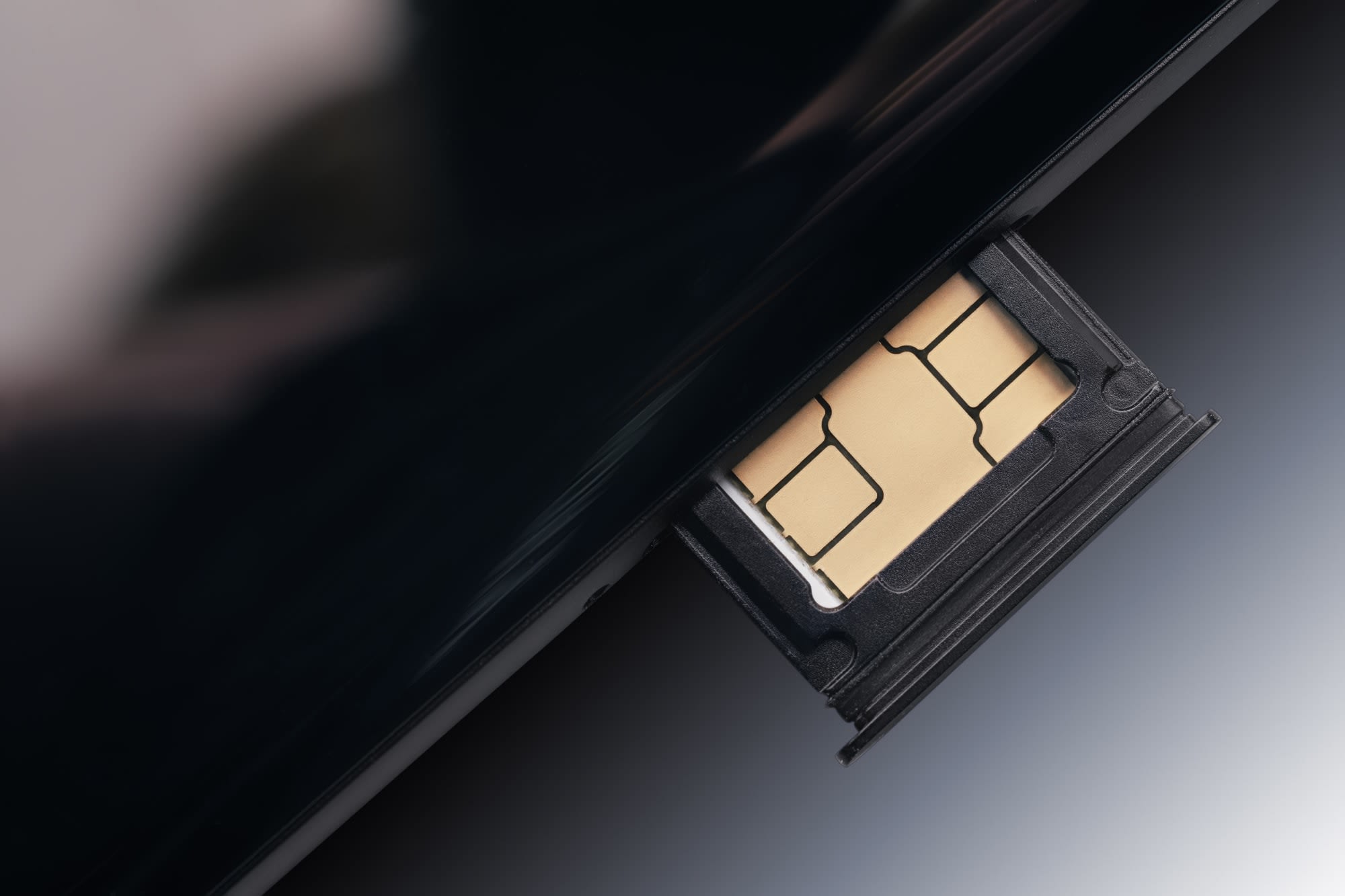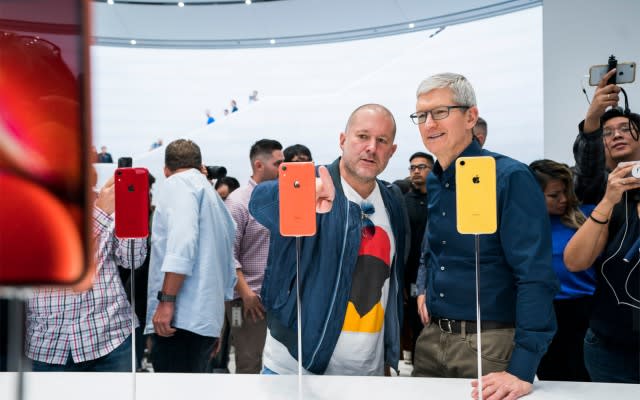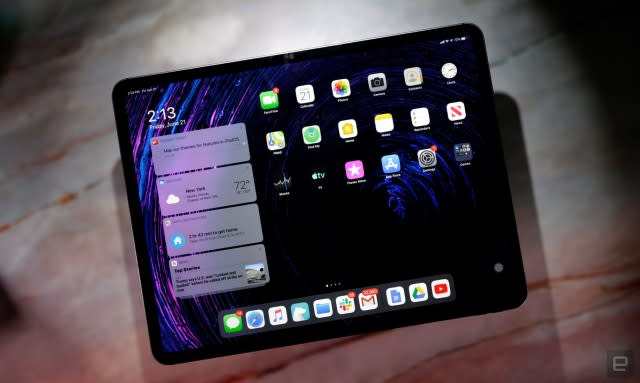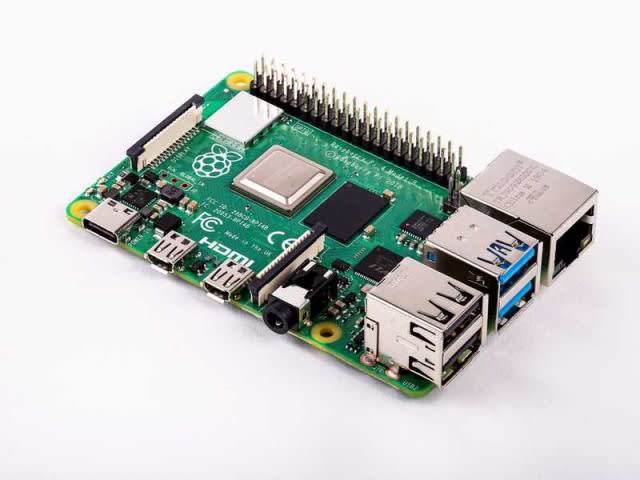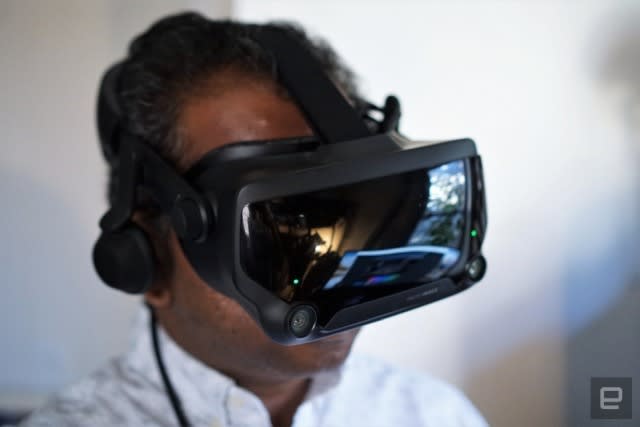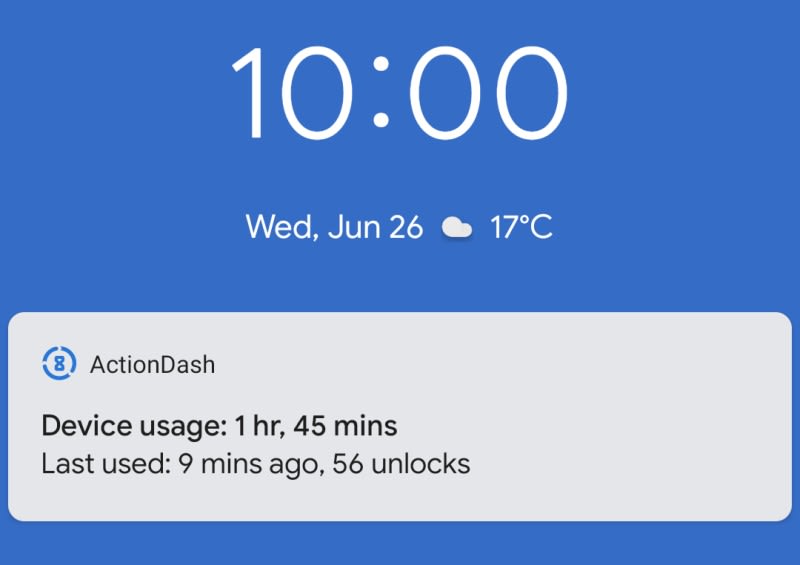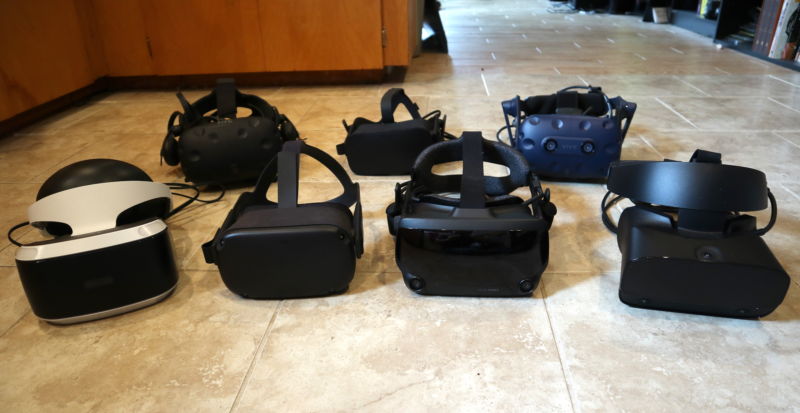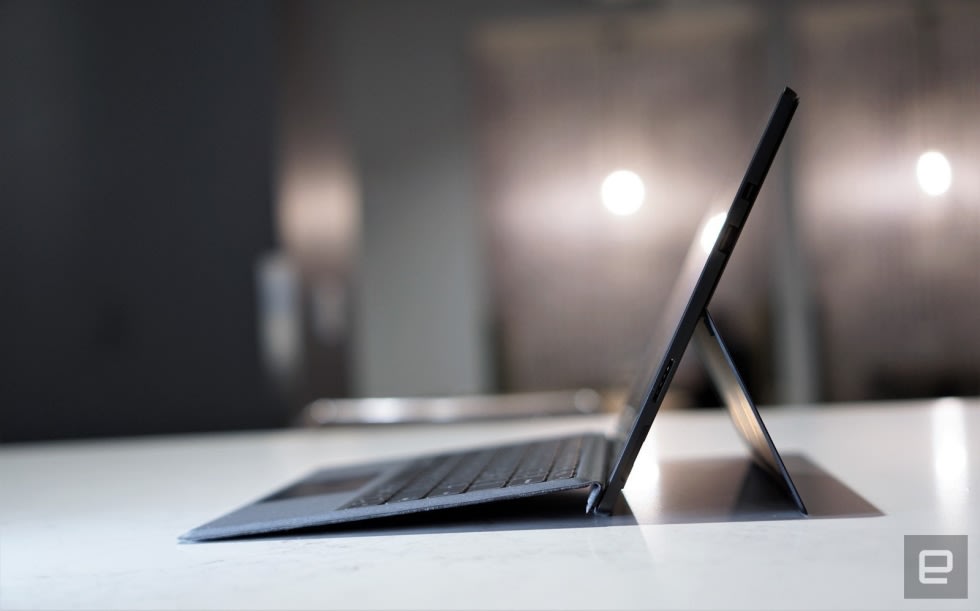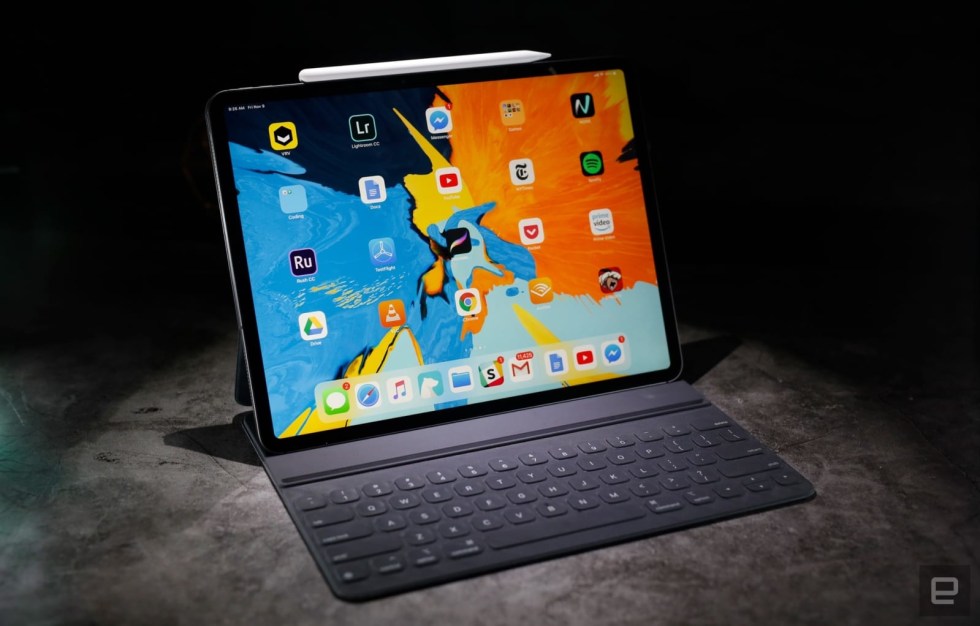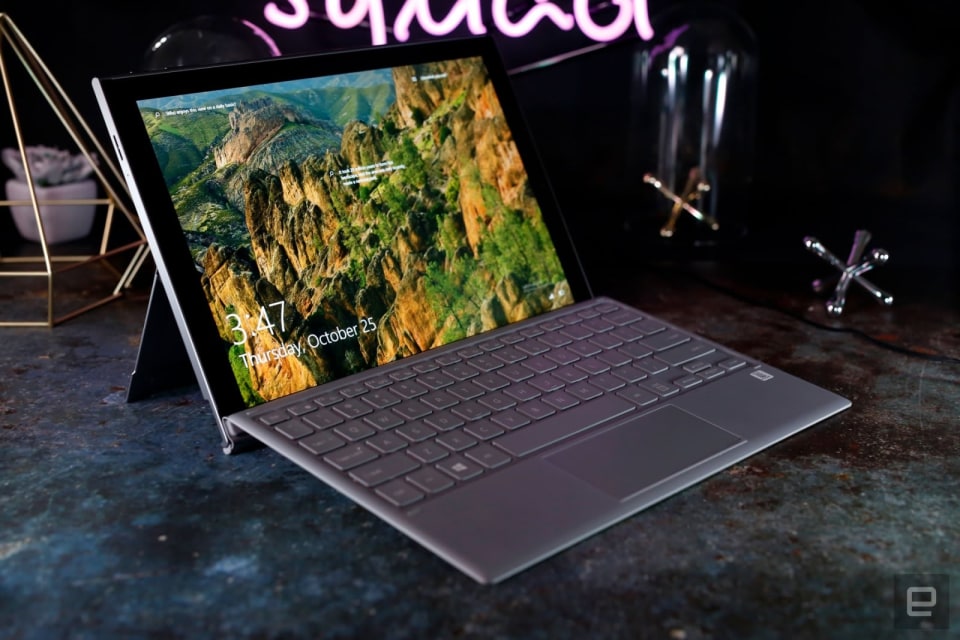Prices tend to drop around each major US holiday, and with July 4th around the corner, we’re seeing that start to happen. And then there’s Amazon Prime Day 2019, a shopping holiday that will begin on July 15th, though we expect to see a few early bird sales before then.
We’ll be keeping you in the know about any good deals coming up, but these are the best deals that we’ve seen this week.
Phones
Sony’s Xperia 1 is now available for preorder. The price is $949.99, which is admittedly not cheap for a phone, but if you order before July 12th, you’ll receive a free set of Sony’s 1000X M3 wireless noise-canceling headphones with your purchase. Those usually cost around $300 or more, which is a great incentive if you were tossing around the idea of preordering the Xperia 1. You can find this deal at Best Buy (add both the phone and headphones to your cart) and B&H Photo.
If you don’t want the phone, there’s a deal for just the 1000X M3 headphones below.
:no_upscale()/cdn.vox-cdn.com/uploads/chorus_asset/file/15957294/akrales_190311_3263_0177.jpg)
If that’s a bit too much for your budget, Samsung’s entire line of Galaxy S10 phones are considerably cheaper than usual at B&H Photo. The S10E, which usually starts at $749 for the 128GB model, is $549.99 after you clip the $100 coupon on the product page. The S10 and S10 Plus also offer a total of $200 off when you clip the coupon, bringing down the price for their respective 128GB configurations to $699 and $799.
These phones are unlocked and work with any US carrier, and they each come with a one-year warranty through Samsung.
Headphones and smart speakers
Beats Solo 3 on-ear wireless headphones are $129.99 at Daily Steals if you add the offer code VERGEBEATS at checkout. These are open-box models in new condition. Apple provides a 90-day warranty on the Beats, and if you encounter an issue after that (so long as you’re within a year of purchase), Daily Steals will help you out.
:no_upscale()/cdn.vox-cdn.com/uploads/chorus_asset/file/12571449/jbareham_180823_2895_0075.jpg)
Sony’s 1000X M3 are the cheapest they’ve ever been at Rakuten. Use the offer code PRO15P to get them in either silver or black for $237.96. These headphones usually retail for $349, and they cost $279 without the code. Note that you’ll have to make an account to get the sale price.
The Amazon Echo Dot (third generation) is back down to $24.99, its cheapest price. We’ve seen it sell for this price plenty of times, and it’s likely to sink even lower for Prime Day, but it’s not a bad deal if you need one right now.
Tablets
It might seem peculiar to highlight a deal on Apple’s older iPad Pro instead of the new iPad Air (two nearly identical tablets, inside and out), but there are a few reasons why it might be a better deal for some. The 64GB model, which is currently $474.99 at Walmart, has double the RAM count of the new iPad Air (4GB to 2GB). It also features a ProMotion variable refresh rate display (up to 120Hz) that will make game animations appear smoother, and scrolling around feel more responsive than a 60Hz display. The iPad Air does not have that advantage.
:no_upscale()/cdn.vox-cdn.com/uploads/chorus_asset/file/8666847/jbareham_170609_1765_0176.jpg)
The Logi Crayon doesn’t have pressure sensitivity like the Apple Pencil, but it’s a good stylus at $49.99 at Amazon (usually $69.99). It’s rechargeable via Lightning and it has tilt support.
If you really want to kit out your iPad Pro, the Smart Keyboard is $79.50 at Amazon. It originally sold for $159.99, but has been this lower price for quite some time.
Subscriptions
If you like listening to audiobooks, a year-long subscription to Audible is currently $119, $30 off its usual cost for Prime members (paying month to month costs $180 after 12 months). The subscription will get you a credit for one new audiobook of your choosing per month, and each month of service will let you download two free Audible Original audiobooks. To go along with those savings, Amazon is offering an Echo Dot smart speaker for $1.
Our Amazon Prime Day 2019 coverage has already started, and will be ramping up in the next few weeks. If you want to partake in Amazon’s two-day sale, you’ll need a Prime membership. You can get a one-month trial for free right now, and it will last you through Prime Day. Should you want to keep it running, it will cost $12.99 per month, or $119 per year (around $10 per month).
Gaming
Steam’s summer sale is happening now through July 9th. A few deals of note include Rage 2 for $40.19 and Soulcalibur VI for $19.79. There are so many games on sale, so you should check your wishlist out to see which are discounted.
If you buy Nintendo Switch, PS4, and Xbox One games at Target, you’ll save 30 percent on selected titles if you opt to pick up your online order in store. For example, this deal brings Mario Kart 8 Deluxe, a $59.99 game, down to $38.10. Games like The Division 2, Team Sonic Racing, Kingdom Hearts III, Sekiro: Shadows Die Twice, and more are also included in the sale.
https://www.theverge.com/good-deals/2019/6/29/19102515/ipad-pro-samsung-galaxy-s10-beats-steam-summer-sale-best-deals
2019-06-29 15:00:00Z
CAIiEIVup6Sb8r2QbXabfSUwY2kqFggEKg4IACoGCAow3O8nMMqOBjD38Ak
